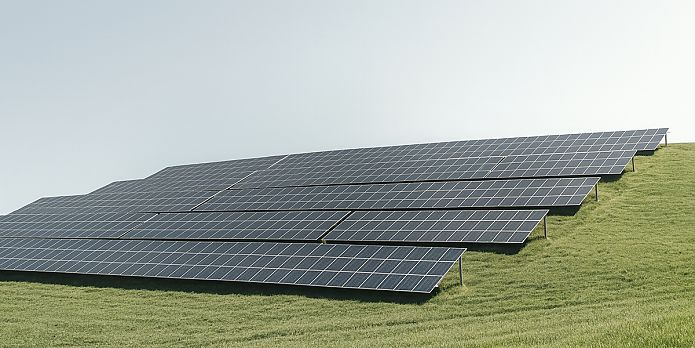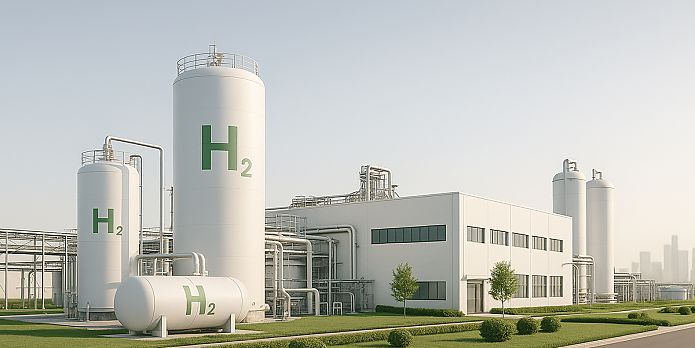Redefinig batteries
We believe that energy storage should be safer, more sustainable, and accessible to everyone.

We are HPB
A German battery technology developer with a Swiss stock corporation, engineering next-generation solid-state batteries and supported by more than 300 private investors.
To make HPB Battery Technology available everywhere, we license it worldwide instead of manufacturing ourselves.
3
products
learn more
Whether in stationary or mobile applications, HPB Technology is paving the way for a future with fewer limits and greater potential.
As a technology developer, we offer access to our technology by way of licensing:

(1) Exclusive Market License:
by geography for a specific field of application
(2) Manufacturing License:
by geography (supply side)

(3) Component License:
Use of the HPB Solid-State Electrolyte for own battery development (automotive industry only)
back
+30
fundamental research
learn more
Since the beginning of his scientific career, our company founder Prof. Dr. Günther Hambitzer has been pursuing his vision of solving the problem of battery ageing at its chemical root. The cornerstone was laid as early as 1989 with his doctoral thesis, in which he was able to trace battery ageing in organic systems back to side reactions. With his habilitation in 1995, he formulated the basics for a new high-energy system. The discovery of the HPB Solid-State Electrolyte was his penicillin moment.
back
96
IP protection
learn more
We have registered our basic patent in all major economic regions.

back
+300
investors
learn more
We finance ourselves through the sale of shares – also to small investors – with a single class of shares, without capital rounds and dilution. Strengthened by more than 300 private investors, we are developing the future of energy storage
back
Ready to enter a new era?
With our proprietary HPB Technology we are redefining the limits of conventional batteries.
Learn more
Safer.
Non-flammable
electrolyte
Longer lasting.
10x longer cycle life
Greener.
Up to 50 % better environmental balance
One technology – many options
The HPB Solid-State Battery allows manufacturers to scale efficiently, businesses to build safer and more reliable solutions, and consumers to trust in power that lasts. Thanks to the modular design, it can serve various stationary fields of application from small (e.g. home storage) to large (e.g. industrial buffers).
News
Join our mission
Let’s accelerate the energy transition – together.
We believe the fastest way to a cleaner future is through innovation, collaboration, and shared success. By combining strengths, we can turn groundbreaking ideas into global solutions.
Want to be part of it?
Your investment helps bring safer, more sustainable energy storage to the world. Let’s talk.



